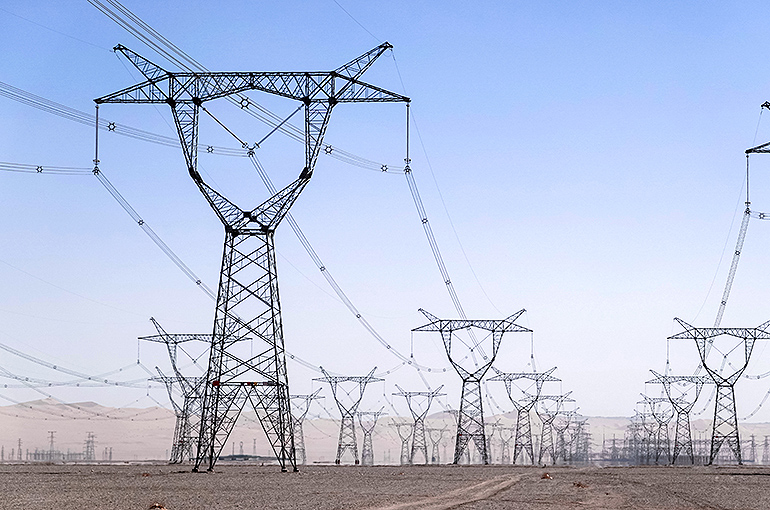 China Releases Guide to Promote New Power Systems in Line With New Energy Development
China Releases Guide to Promote New Power Systems in Line With New Energy Development(Yicai Global) June 9 -- China released an official guide to promote the construction of new power systems in line with the country’s large-scale new energy development.
The Blue Book on the Development of New Power Systems, recently published by China’s National Energy Administration, promotes the low-carbon development of energy used in various industries by 2030, the transfer of industries from the eastern to central and western regions, and the increase in the proportion of non-fossil energy consumption to 25 percent.
By the end of last year, China’s installed capacity of various types of power sources reached 2.56 billion kilowatts, of which that of non-fossil energy was 1.27 billion kW, accounting for 48 percent of the total. Wind and photovoltaic power generation reached 1.2 trillion kW, making up 14 percent of China’s total generated power, up 10 percentage points from 2015.
The development and transmission of large-scale new energy bases put forward higher requirements for transmission technology, said Du Zhongming, president of the China Electric Power Planning and Engineering Institute. On the user side, the load peak is increasingly important, and the flexible adjustment of the load side has not been fully developed, Du noted.
New energy storage is the key to building a new power system, Du added. Through the large-scale application of energy storage, the power system will shift from the traditional power supply with load mobilization to the integration of source, grid, load, and storage, he pointed out.
As temperatures rise and the economy stabilizes and recovers, electricity demand across China continues to surge. Large cities, including Guangzhou and Shenzhen, hit new peak load records at the end of last month.
In the long run, China’s electricity demand is in a steady growth trend, as the characteristics of peak loads become increasingly prominent and investment costs and difficulties in ensuring supply increase, Huang Xuenong, director of supervision of the NEA, said during the press release for the Blue Book.
The safe and reliable large-scale delivery of new energies is facing great challenges, so according to Du, China should improve the quality and upgrade the backbone power grid and build and promote smart grids.
The proportion of new energy installed capacity keeps rising, but there is still a big gap between the power support capacity and the conventional power supply, Huang added, noting that new energies are not a reliable replacement.
Editor: Futura Costaglione